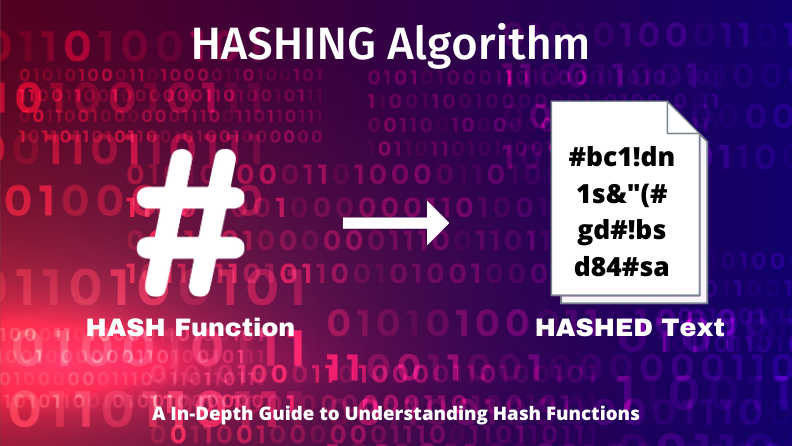Hashing

Hashing is a process of converting data or a message of any length into a fixed-size string of characters, typically a hexadecimal or alphanumeric representation, using a mathematical algorithm called a hash function. The output of a hash function is known as a hash value or hash code.
Here's how hashing works:
Input Data:
Hash Function:
Hash Value:
Fixed Size:
Irreversibility:
Collision Resistance:
Hashing is commonly used in various applications and scenarios, including:
Data Integrity Verification: Hash values are used to verify the integrity of data during transmission or storage. By calculating the hash value of data before and after transmission or storage, one can verify whether the data has been altered or tampered with.
Password Storage: Hashing is used to securely store passwords in databases. Instead of storing plaintext passwords, systems store the hash values of passwords. When a user attempts to log in, the system hashes the entered password and compares it to the stored hash value for authentication.
Digital Signatures: Hash functions are used in digital signature schemes to create a unique representation of a message or document. The hash value of the message is encrypted with the sender's private key to create a digital signature, which can be verified using the sender's public key.
Blockchain Technology: Hash functions are fundamental to blockchain technology, where they are used to link blocks of data together in a chain. Each block contains the hash value of the previous block, creating an immutable record of transactions or data.
Overall, hashing is a versatile and essential concept in computer science and cryptography, providing a wide range of applications for data security, integrity verification, and authentication.
Thank you,